教学研究 | EIM1 Unit 9 Getting the future wrong
-

-
梁老师
北京小升初老师~
0 人点赞了该文章 · 68 浏览

By the end of this lesson, the students will be able toa. use “will” and “won’t” to make predictions about the future;b. understand & apply different degrees of belief while reading & making predictions;c. develop a reasonable understanding of why predicting the future is necessary;d. be aware of the importance of thinking outside the box and not being restricted by self-imposed limitations. Step I: Lead in: guess what the pictures are about. 1) What do the two pictures remind you of? (The Mayan prediction) 2) Did the prediction become a reality? 3) If you make a prediction that goes wrong later, we say "You got the future wrong". We will read an article titled Getting the Future Wrong. Step II: Skimming: Read the article quickly and work out the main idea and structure. 1) How many parts can the article be divided into? 2) What is the topic sentence of the first part? 3) What is the topic sentence of the second part? Step III: Scanning: Listen & read the article again, and work on the examples. 1) What do all the stories in the second part have in common? 2) They all quote original remarks, but do they show the same degrees of belief? If not, how many degrees of belief can you divide them into? Discuss with group members. 3) Which group has more examples? Why? How about the situation nowadays? (Eat your words) 1) Which is your favorite prediction? 2) What caused the wrong prediction about the future? 3) Is it really necessary to make predictions about the future? 4) What attitudes should we adopt towards predicting the future?Write three predictions for the future – two you believe will happen and one crazy one (Don’t make it too obvious). Read them aloud and the others guess which is the “crazy” one using the expressions from the section of degrees of belief.本节课为阅读第一课时,本人以主题意义探究为线索,将语言知识融于其中,引导学生在真实的语境下主动领会并运用目标语言,提升思维品质。本课其中一个教学目标旨在对学生学习策略的指导和思维的培养。在处理九个看似独立的例子时,先引导学生找出其共同之处,培养了其发散性思维。接着,我又在一个独立于教材文本主题之外的语境中做出示范,学生在受启发后,有效地将教材文本中的例子进行分类梳理,并给出理由,培养了其思维的逻辑性。在后面的讨论环节中,本人引导学生思考预测未来的必要性,培养了其批判性思维。最后又鼓励学生就预测未来的态度展开讨论,形成“Keep an open mind, and hope for the best, expect the worst”的人生态度,培养了其思维的开放性。当然,本课也有不足之处,如对部分语言知识的操练可以更多一些,有待于在今后的阅读教学中不断总结经验,提升自己的教学质量。总之,这节课较顺利地完成了既定的教学目标,在我的的引导和示范下,学生能流利表达个人观点,在对本文主题意义进行深入探究的过程中提高了思维品质。辛强老师围绕predictions这一主题,引导学生从prediction 的意义,到理解文中a series of prediction stories 的内容,并将这系列predictions 进行分类,了解表达不同程度beliefs 时的语言运用技巧,教学环节步骤设计很全面,学生配合积极,教学效果明显。 整节课自然流畅,任务设计有层次,讨论有深度,学生的生成有思维含量。建议:在degrees of belief 环节采用5级量表的形式让学生自行将7个predicitions 分级,并陈述理由,把思考空间更大地交给学生。

免责声明:
本文由 梁老师
原创发布于 家长帮 ,著作权归作者所有。



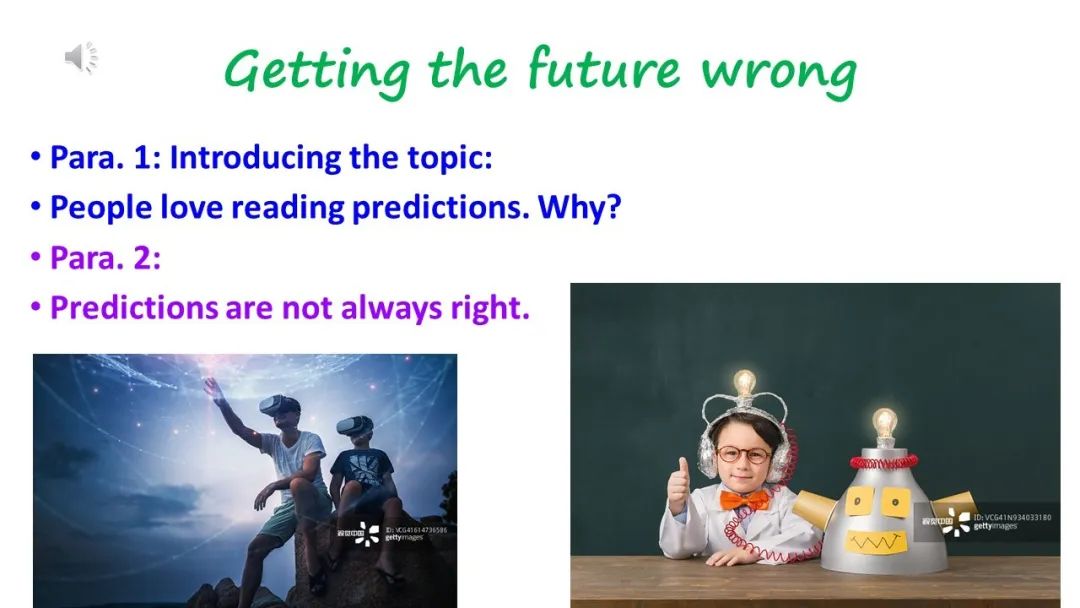
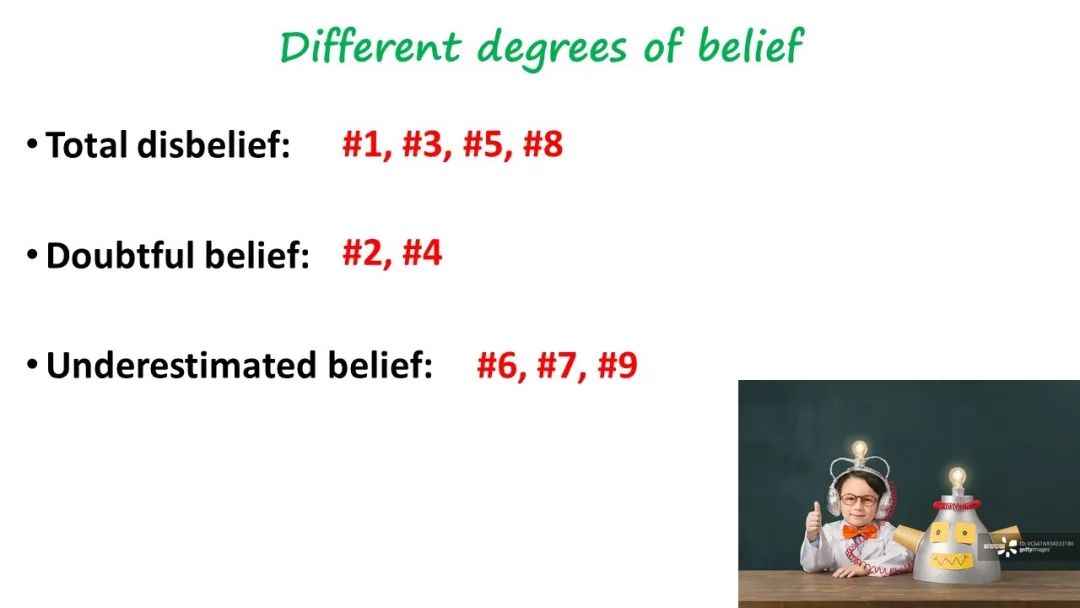
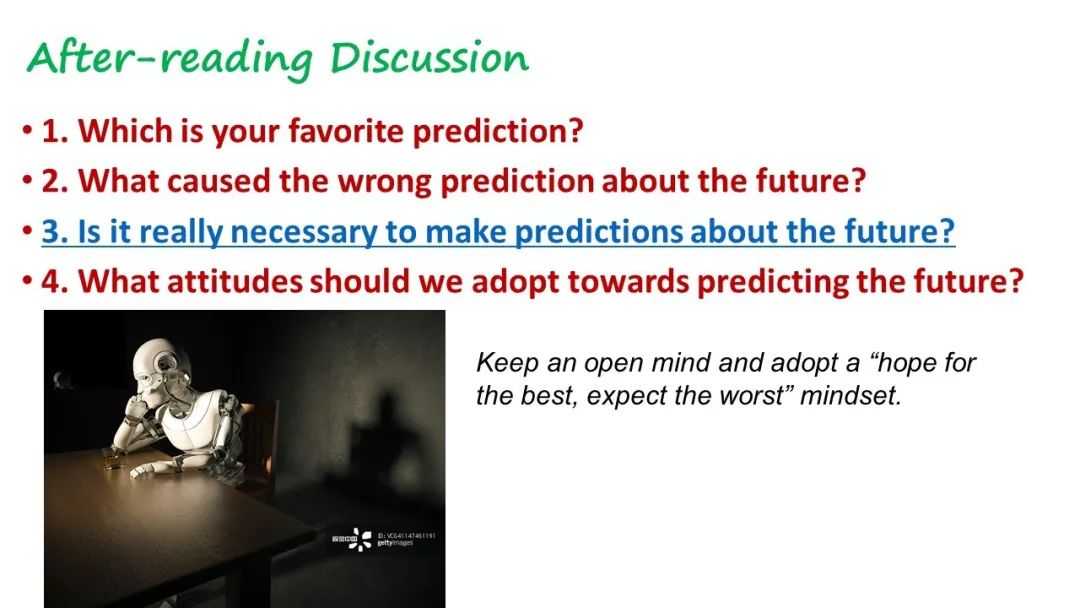
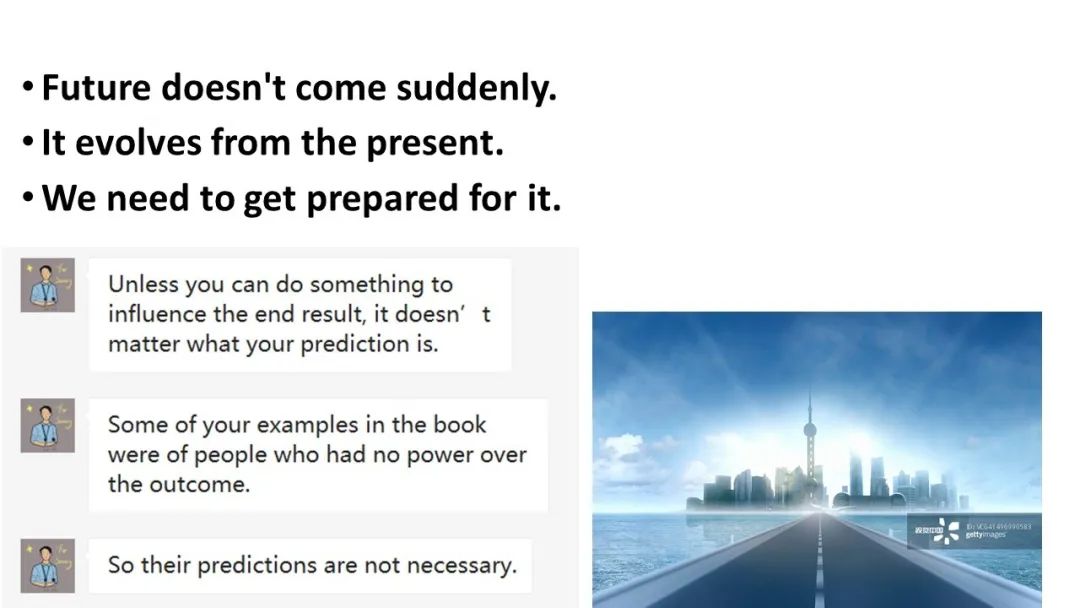
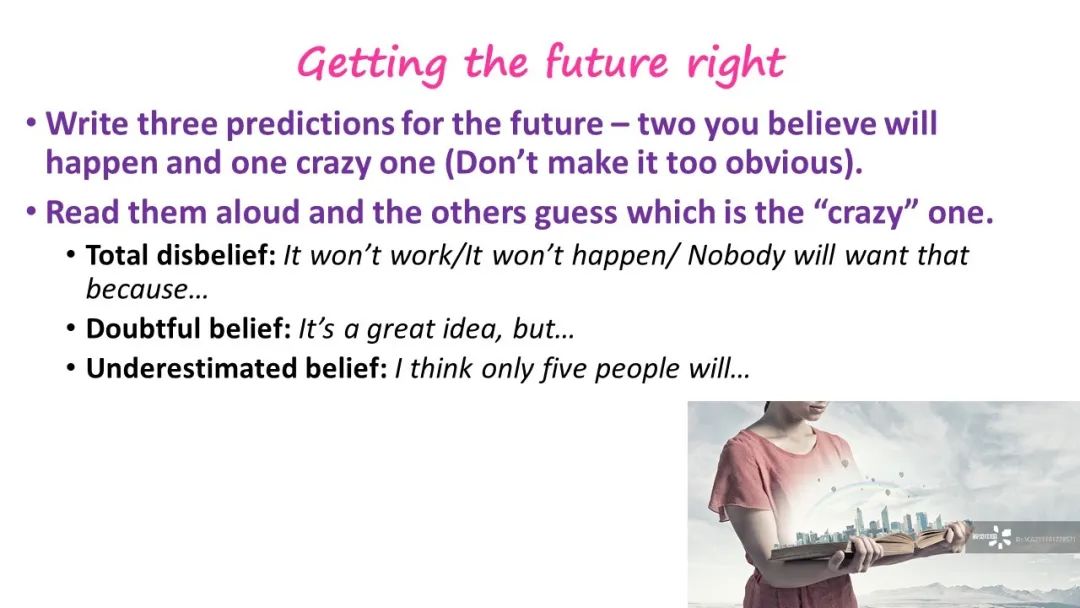












全部 0条评论